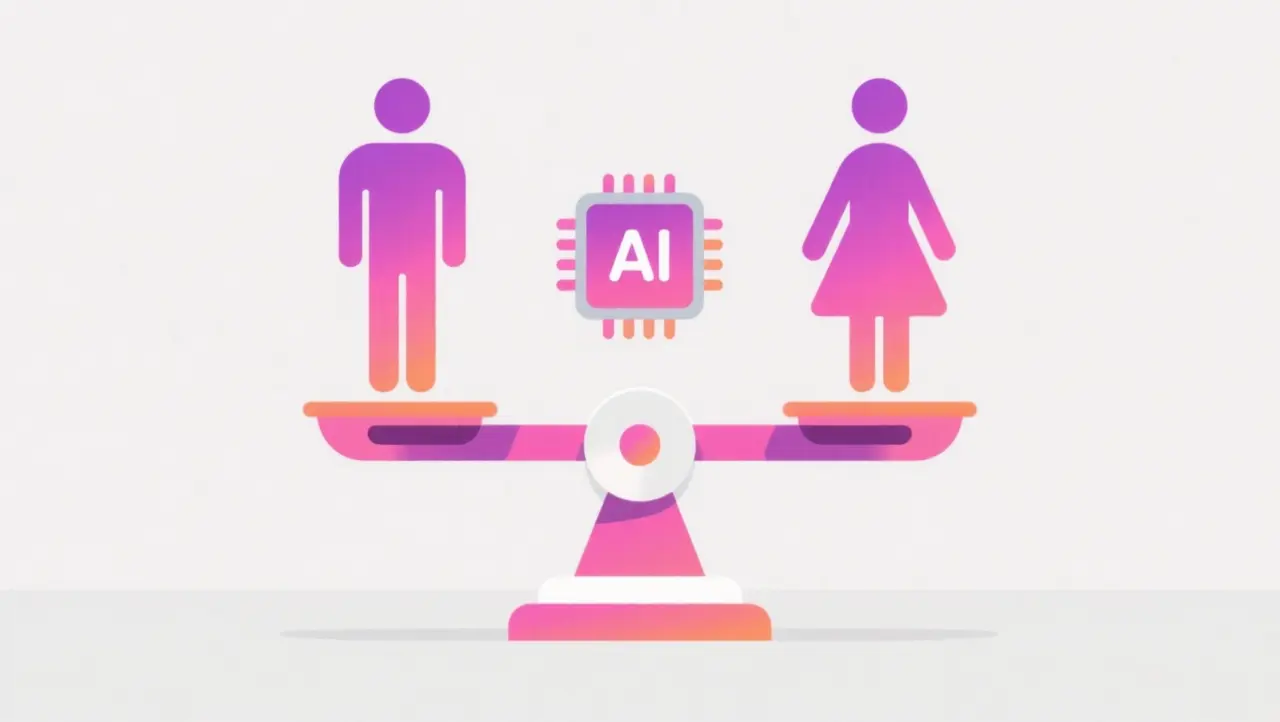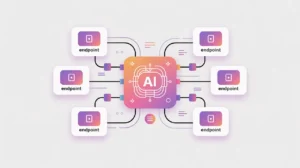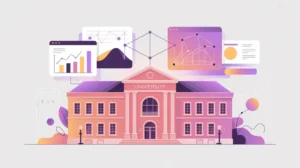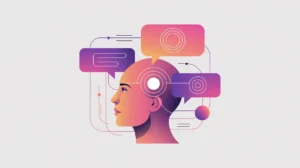Importance of Gender and AI
Gender and AI examines how artificial intelligence systems reflect, reinforce, or challenge gender inequalities. From biased hiring algorithms to voice assistants coded with stereotypical traits, AI can perpetuate harmful norms when built on unrepresentative data or designed without gender awareness. Its importance today lies in ensuring that the rapid adoption of AI does not deepen structural inequities but instead creates opportunities for gender equity and inclusion.
For social innovation and international development, addressing gender in AI matters because women and gender-diverse populations are often underrepresented in data, excluded from design processes, and disproportionately affected by discriminatory outcomes.
Definition and Key Features
Gender bias in AI arises from several sources: datasets skewed toward male-dominated perspectives, lack of gender diversity in technical teams, and societal stereotypes embedded in algorithms. Research has shown AI systems reproducing pay gaps, reinforcing male defaults in healthcare data, and portraying gender roles in narrow ways.
This is not the same as general algorithmic bias, which can involve multiple factors like race or class. Nor is it equivalent to gender mainstreaming in policy, which applies at the governance level. Gender and AI focuses specifically on how technologies encode and impact gendered experiences.
How this Works in Practice
In practice, gender-aware AI requires intentional action. For instance, health datasets must include sufficient representation of women to avoid misdiagnosis. Recruitment algorithms must be audited to prevent penalizing women for career breaks. Voice interfaces should be designed to avoid reinforcing gender stereotypes. Gender considerations also extend to participation: ensuring women and gender-diverse people have roles in AI research, governance, and decision-making.
Challenges include cultural norms that shape data collection, lack of intersectional approaches that consider gender alongside race and class, and limited accountability mechanisms to enforce fairness. Addressing these challenges requires not just technical fixes but systemic shifts in design culture and governance.
Implications for Social Innovators
Gender and AI is highly relevant across mission-driven sectors. Health initiatives must address biases in diagnostic AI that overlook women’s symptoms. Education programs must ensure adaptive platforms support gender equity in access and content. Humanitarian agencies must design aid distribution systems that do not reinforce gender exclusion. Civil society groups lead advocacy for inclusive AI design, data collection, and governance that advance gender rights.
By embedding gender considerations into AI systems, organizations can transform technology into a tool for equity, ensuring that digital transformation uplifts rather than marginalizes women and gender-diverse communities.







